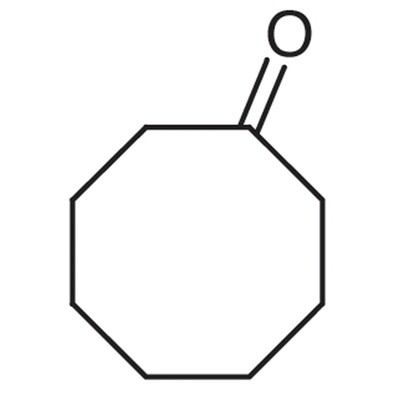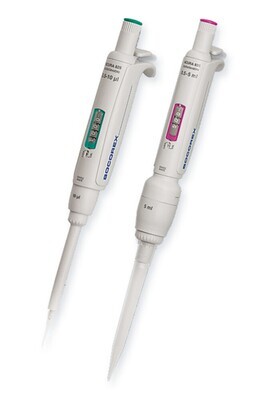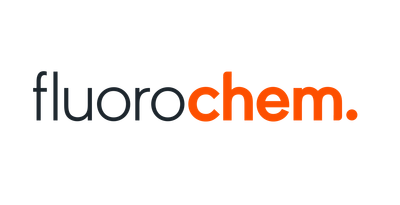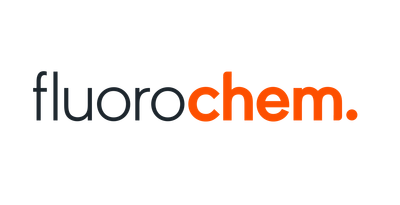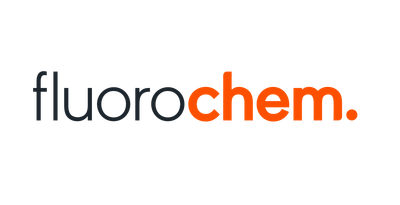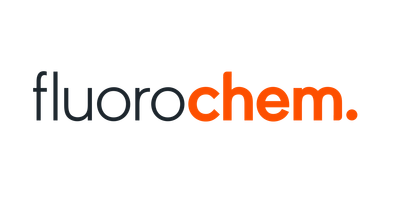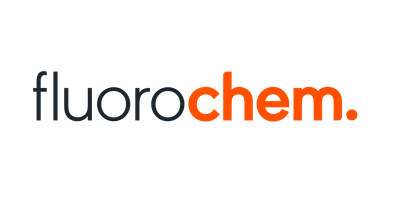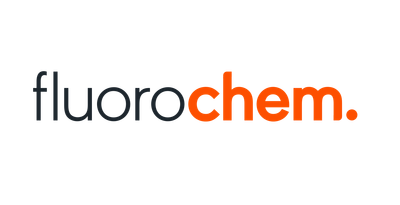Peroxidase
Peroxidase ≥250 U/mg material
One unit (U) is defined as the amount of enzyme that catalyzes the production of 1 mg of purpurogallin from pyrogallol in 20 seconds at pH 6.0 and 20 °C.
Enzyme: a neoclassical, Greek artificial word ενζυμου, énzymon, derived from εν-, en- (in-) and ζυμη, zýmé (yeast, sourdough, archaic)
Ferments: comes from the Latin fermentum (ferments, sourdough)
There are six classes in which all enzymes are classified according to the particular reaction they catalyse:
• Oxidoreductases (catalyse redox reactions)
• Transferases (transfer functional groups among substrates)
• Hydrolases (cleave bonds via addition of water)
• Lyases/Synthases (cleave or synthesise complex products out of basic substrates without cleavage of ATP)
• Isomerases (transform chemical isomers)
• Ligases/Synthetases (cleave or synthesise complex products out of basic substrates via cleavage of ATP)
Enzyme: a neoclassical, Greek artificial word ενζυμου, énzymon, derived from εν-, en- (in-) and ζυμη, zýmé (yeast, sourdough, archaic)
Ferments: comes from the Latin fermentum (ferments, sourdough)
There are six classes in which all enzymes are classified according to the particular reaction they catalyse:
• Oxidoreductases (catalyse redox reactions)
• Transferases (transfer functional groups among substrates)
• Hydrolases (cleave bonds via addition of water)
• Lyases/Synthases (cleave or synthesise complex products out of basic substrates without cleavage of ATP)
• Isomerases (transform chemical isomers)
• Ligases/Synthetases (cleave or synthesise complex products out of basic substrates via cleavage of ATP)
| Appearance | brown powder |
| Activity | ≥250 U/mg material |
| RZ (E403/E275) | >3,0 |
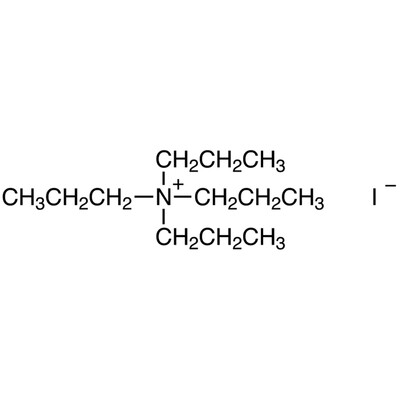

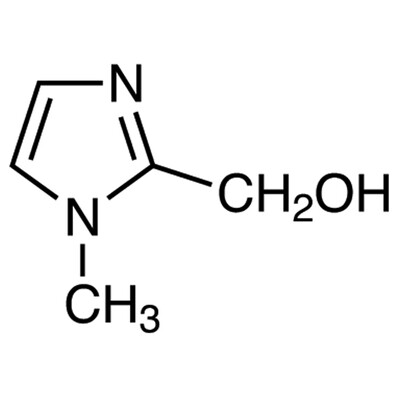
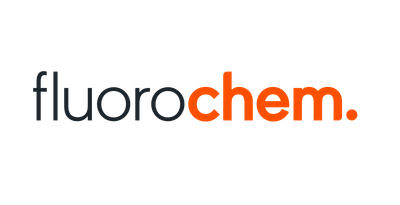
![Ethyl 5-methyl-4-oxo-3,4-dihydrothieno[2,3-d]-pyrimidine-6-carboxylate, 95.0%, 1g Ethyl 5-methyl-4-oxo-3,4-dihydrothieno[2,3-d]-pyrimidine-6-carboxylate, 95.0%, 1g](https://d2j6dbq0eux0bg.cloudfront.net/images/88473019/4769799818.png)
